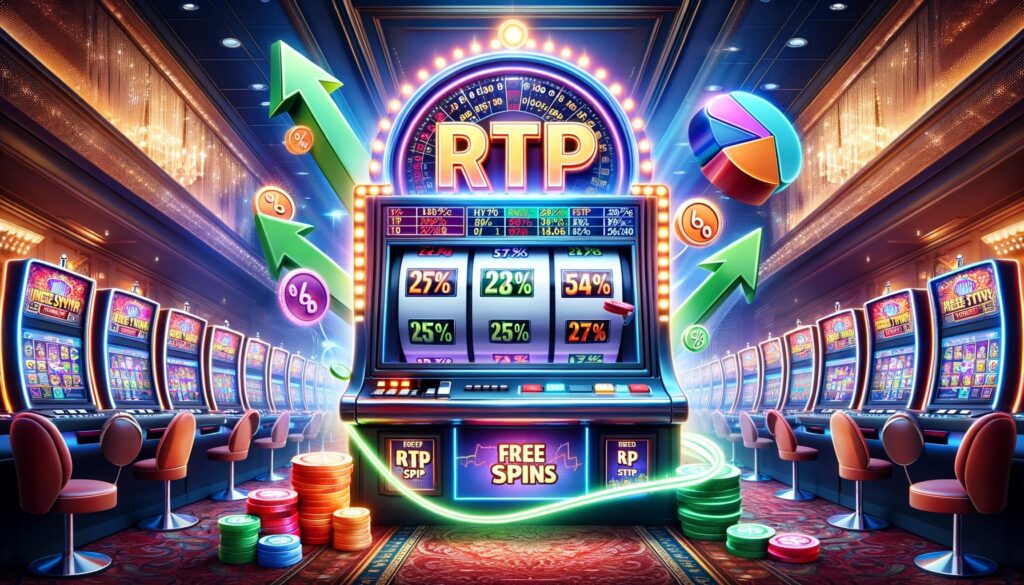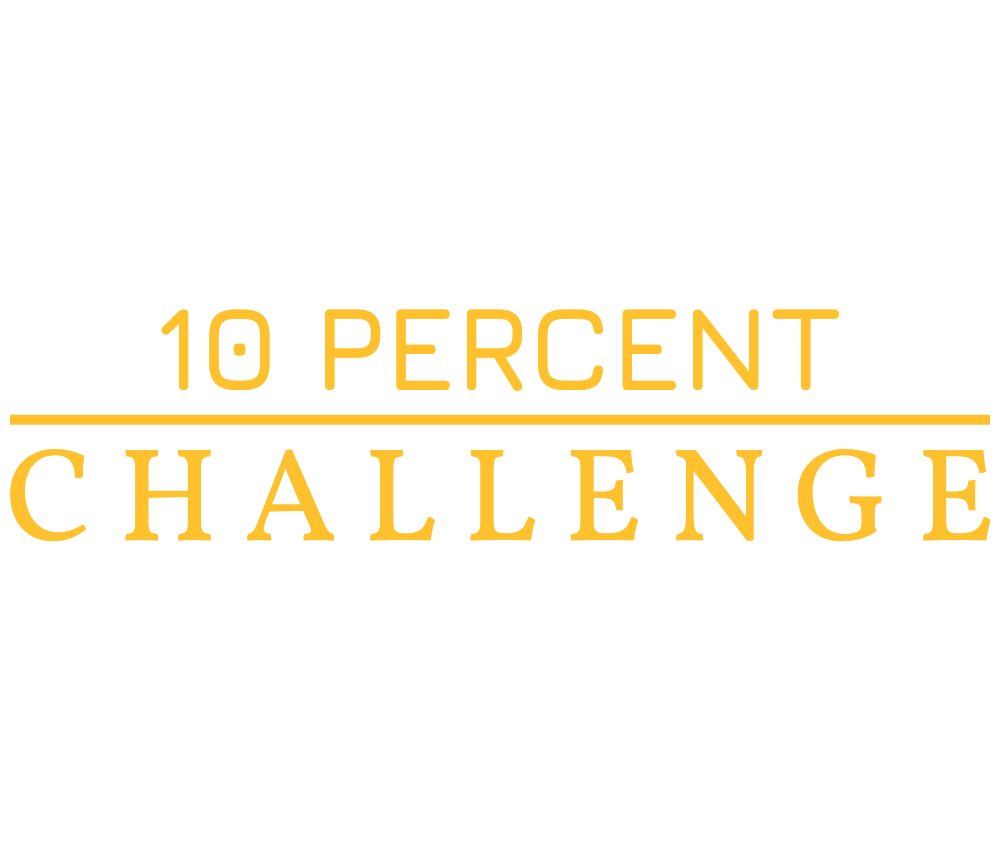Imagine this: you stroll into a bustling casino, the air thick with excitement and the sound of spinning reels filling your ears. You’re drawn to a vibrant slot machine, adorned with bright lights and enticing graphics. After tossing in a few coins, you watch as the reels spin. Will fortune favor you today, or will it be just another evening of chasing fleeting luck? As the machine whirs and the symbols align, a question lingers in your mind: how does this game actually work, and how likely am I to walk away a winner?
For many, slots are a game of chance, governed by the whims of fate and random number generators. However, behind the facade of chance lies a critical statistic that can significantly influence your gaming experience: the Return to Player (RTP) percentage. This figure, often overlooked by casual players, is crucial for understanding how much you can expect to win back over time.
As you settle into the pulsating rhythm of the slot machine, you might be tempted to skip the fine print in favor of immediate play. But wait! What if we told you that this simple number could change how you approach each spin? As you pull that lever, consider this: the RTP is an indicator of the game’s generosity and can play a significant role in your overall success.
To illustrate this further, let’s dive into the story of Sarah, a novice slot player who decided to try her luck after hearing rave reviews from friends. Eager to experience the thrill, she hopped online and started playing various slot games. However, her excitement quickly turned into frustration as her initial deposits disappeared faster than she anticipated. Confused by the losses, Sarah began to research what went wrong. After some digging, she stumbled upon the concept of RTP.
RTP, or Return to Player, essentially measures the percentage of total bets that a slot machine will return to players over time. For instance, a game with an RTP of 95% theoretically returns for every 0 wagered. This is where Sarah’s journey took a turn for the better. With newfound knowledge in hand, she began to question the RTP of every game she encountered.
As she continued her exploration, Sarah realized that the world of slot games was more nuanced than she had assumed. Not only did RTP influence her potential winnings, but it also shaped her overall gaming strategy. The more she learned, the better she equipped herself to make informed decisions before diving into any game. As Sarah’s understanding deepened, she became more adept at spotting games with favorable RTP rates, setting her on a path toward more enjoyable and potentially rewarding gameplay.
This story serves as a reminder that while gambling can be purely about luck, understanding the mechanics behind these games can empower players. Knowing about RTP can change the way you engage with slot machines, turning what once felt like an unpredictable gamble into a more strategic and thoughtful experience.
In the following sections, we will delve deeper into the average RTP benchmarks and how to compare different slot games, offering you the insight to navigate through the vast world of slot gaming effectively.

Average RTP Benchmarks
Imagine this: it’s a Friday night, and you finally have a chance to unwind after a long week. You grab your favorite snack, settle into your cozy chair, and fire up your computer to play some online slots. As the vibrant graphics twirl and the sound of jingling coins fills the air, you can feel the excitement bubbling inside you. But then a thought crosses your mind: “Am I just throwing my money away?”
It’s a common concern for many players, especially when it comes to understanding just how much of their bets will return to them in the long run. This is where the Return to Player (RTP) percentage comes in—an essential metric for every slot enthusiast.
Understanding RTP
The Return to Player (RTP) percentage indicates how much you can expect to win back from the money you gamble. It’s expressed as a percentage of the total stakes a slot machine takes. For instance, if a game has an RTP of 96%, this means that, theoretically, for every 0 wagered, is returned to players over an extended period, while is kept by the casino.
What’s Considered a Good RTP?
While RTP varies significantly across different games, there are generally accepted benchmarks you can rely on:
- Low RTP: 85% – 89%
- Average RTP: 90% – 94%
- Good RTP: 95% – 97%
- High RTP: 98% and above
As you can see from the range above, anything below 90% is typically seen as low. Most casino games fall into the average range, but when you play slots with an RTP of 95% or higher, you can feel a bit more optimistic about your chances of recouping your investment.
Why does RTP Matter?
RTP is not just a number; it’s a guiding light for your betting strategy. When selecting a slot game, understanding the RTP can help you make informed choices that align with your risk tolerance and gaming goals. A higher RTP means better returns in the long run, making it a crucial factor to consider before diving into the game.
Moreover, while no one can predict the outcome of individual spins (since slots operate using random number generators), tracking the RTP gives you a clearer perspective on what to expect during your gaming sessions.
So, the next time you settle into your favorite slot game, remember to check the RTP. It’s just one of the many tools at your disposal to enhance your gaming experience while keeping your finances in check.
How to Compare
Imagine walking into a vibrant casino, the sounds of clinking coins and cheerful jingles filling the air. You’ve heard stories about the thrill of hitting the jackpot, but as you stand before the dazzling array of slot machines, a question lingers in the back of your mind: “Which machine is the best bet?” The answer often lies in a single number – the Return to Player (RTP). However, understanding and comparing these rates can be a bit more intricate than it initially appears.
Understanding RTP Basics
The Return to Player percentage reflects how much a player can expect to win back from a slot machine over a specified period of time or amount of money wagered. It’s crucial to internalize that a higher RTP does not guarantee immediate winnings; instead, it indicates a better chance of recovery over time. For instance, a slot with a 95% RTP suggests that for every 0 wagered, you can expect to receive back.
Steps to Compare RTPs Effectively
When you’re ready to delve deeper into the world of slot machines, here are some key steps to guide you in comparing RTP rates effectively:
- Research Multiple Games: Don’t settle for the first game you find. Look for several options across different casino platforms. This will give you a broader perspective on the RTP landscape.
- Consult Reviews and Data: There are numerous online resources and community forums where players share insights and experiences. Take advantage of these to gather information about RTP figures.
- Look Beyond RTP: While RTP is important, also consider other factors such as volatility, bonus features, and payout frequency. A game with a high RTP but low volatility may not provide the adrenaline rush you seek.
- Trial Play: Many online casinos offer demo versions of their slots. Take advantage of these to experience the game without financial risk and determine if it fits your play style.
- Track Your Experience: If you’ve been playing for a while, keep track of your wins and losses. This personal data can provide insights into whether the RTP holds true in your experiences.
Don’t Ignore the Fine Print
As you embark on your slot-playing journey, always pay attention to the terms and conditions. Some online casinos may present misleading RTP figures when promotional offers are in play. This means you should ideally look for the RTP rates in conjunction with the standard betting rules, ensuring that you’re comparing apples to apples.
In the ever-evolving world of slot games, knowledge truly is power. By understanding how to compare RTPs effectively, you set yourself up for a more informed gaming experience, enhancing your chances to enjoy those thrilling moments – like hitting that elusive jackpot – while staying within your budget.
